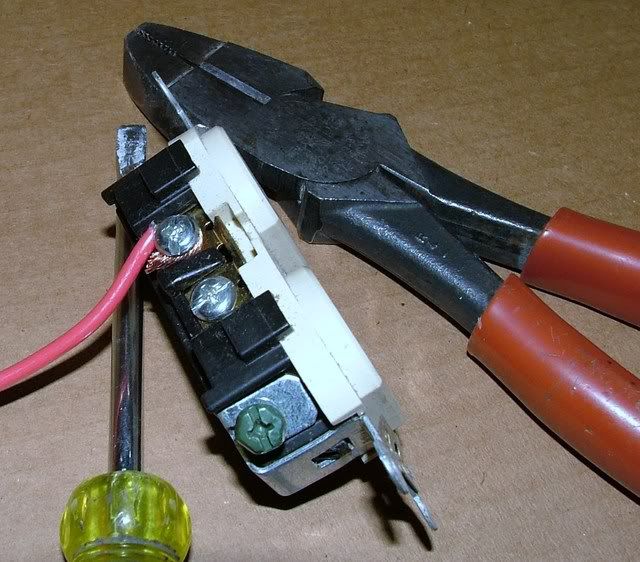What is the best way to terminate stranded wire on screw terminals (e.g., switches and receptacles). What I usually see is the wire is partially stripped, leaving a small piece of insulation on the end of the wire to keep the strands together. But what I also often see is the little piece of insulation becomes missing and then there are bare strands of unraveling wire sticking out from the screw.
I prefer switches and receptacles with pressure-plate connections and I will buy those for new installations or replacements. But for old wiring when there are only screw terminal connections, what do you recommend?
I prefer switches and receptacles with pressure-plate connections and I will buy those for new installations or replacements. But for old wiring when there are only screw terminal connections, what do you recommend?


